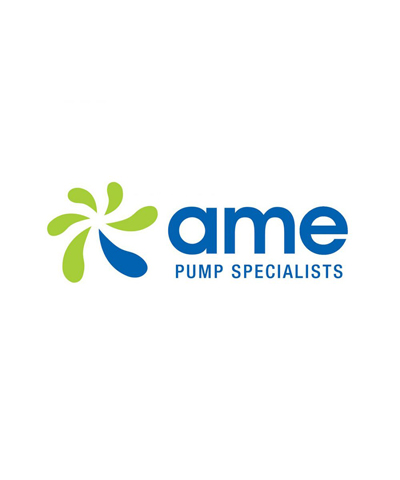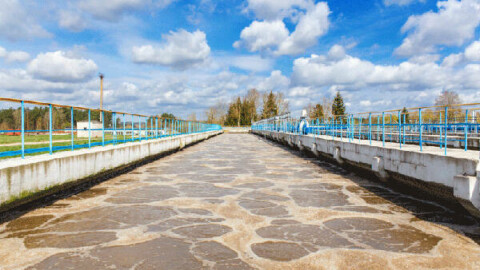by Heinz P. Bloch, PE, Process Machinery Consulting
Regular contributor Heinz P. Bloch discusses the range of dual mechanical seals on the market and takes us through the advantages and disadvantages of various models available.
Dual mechanical seals are now widely accepted by pump users in many industries. In certain applications, they are the only choice suitable for safe and reliable containment. In other services, dual seals might be considered optional. Still, all major seal manufacturers can point out regulatory guidelines for using dual seals and assist in assessing their economics.
Safe and reliable fluid containment usually leads to pump maintenance cost avoidance in instances where the use of dual seals is mandatory. However, such benefits also accrue where using such seals is discretionary. Figures 1 and 2 are two of many different dual seal styles available today.
As pump users then consider dual seals, they may often note differences in the proposed method of heat removal from both pairs of seals. It’s in the nature of business that seal vendors are inclined to feature and favour their own design. Needless to say, not all vendors offer reliability and energy-optimised configurations. How the barrier fluid is pumped around deserves to be studied.
Some pumping ring styles in dual mechanical seals are based on a straight vane or paddle-type configuration (Figure 1). However, not much liquid is being moved and the head-flow performance of other pumping ring styles often exceeds that of straight vane designs. Test results shown in Figure 4 confirm that helical screws and, in particular, tapered bi-directional rings (Figures 2 and 3) achieve better head-flow performance. Aside from that, straight-vane or paddle-type pumping rings will function only in the plane where the ports and the straight vanes (paddles) are located. Therefore, tangential porting will be required and even then, in many instances, little or no liquid is made to flow continually over the seal faces.
While helical pumping screws are more efficient than vane/paddle styles, high-efficiency helical screws rely on a dimensionally close clearance gap between screw periphery and housing bore. This close clearance gap is thought to be a liability in situations where shaft deflection or concentricity issues exist. Designs with a close gap are not in harmony with one of the stipulation of the 2002 edition of API Standard 682. In 2002, API 682 recognised a minimum radial gap clearance of 1.5mm (0.060”).
- Figure 2. Dual seal with tapered, bi-directional pumping ring (Source: AESSEAL Ltd).
- Figure 3. Advanced-type bi-directional tapered pumping device used in a modern dual mechanical seal (Source: AESSEAL plc, Rotherham, UK, and Rockford, TN).
Since that time, some mechanical seal designs gained pumping screw efficiency with a reduced clearance gap between screw periphery and housing bore. This generated a completely different concern; reduced clearances increase rubbing contact risk between close-clearance pumping screws and the surrounding stationary parts.
Only the bi-directional tapered pumping device (Figures 2 and 3) incorporates large clearances – low rubbing risk – and has excellent overall performance. The different head-flow characteristics in the comparison tests of Figure 4 are of interest also. Bi-directional tapered vane pumping rings incorporate the best of all approaches. They certainly deserve to be considered for reliability-focused installations.

Figure 4. In this test the head-flow characteristics of a bi-directional ‘tapered vane’ pumping ring are advantageous (blue line) compared to screw thread (purple line) and parallel slot (green line) pumping devices used with older sealing technology.





















